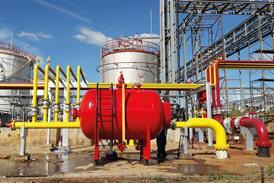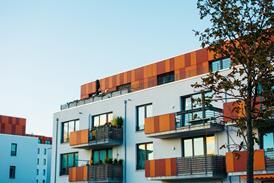- News

All the latest updates on building safety reformRegulations latest
- Focus
- Comment
- Programmes
- CPD
- Building the Future
- Jobs
- Data
- Subscribe
- Events

2024 events calendar
Explore now
Building Awards
Keep up to date
- Building Boardroom
Intensification must come with flexibility built in

We undoubtedly need more building in our cities, but it must be easily changeable if we are to extend its shelf-life, writes Sadie Morgan
The word “intensification” is on the lips of anyone working in the built environment today. In work-winning processes, in policy documents and in the architectural press, the idea of spatially accommodating more uses within a given footprint is the goal du jour – with legitimate reason.
The London Plan, which was published by the mayor of London in 2016, defines regions for intensification as those which “have significant potential for increases in residential, employment and other uses through development of sites at higher densities”. Specifically, the description of intensification now often ties to the use of stacked or vertically arranged space, especially when it comes to industrial escalation.
Already registered? Login here
To continue enjoying Building.co.uk, sign up for free guest access
Existing subscriber? LOGIN
Stay at the forefront of thought leadership with news and analysis from award-winning journalists. Enjoy company features, CEO interviews, architectural reviews, technical project know-how and the latest innovations.
- Limited access to building.co.uk
- Breaking industry news as it happens
- Breaking, daily and weekly e-newsletters
Get your free guest access SIGN UP TODAY

Subscribe now for unlimited access
Subscribe to Building today and you will benefit from:
- Unlimited access to all stories including expert analysis and comment from industry leaders
- Our league tables, cost models and economics data
- Our online archive of over 10,000 articles
- Building magazine digital editions
- Building magazine print editions
- Printed/digital supplements
Subscribe now for unlimited access.
View our subscription options and join our community
















